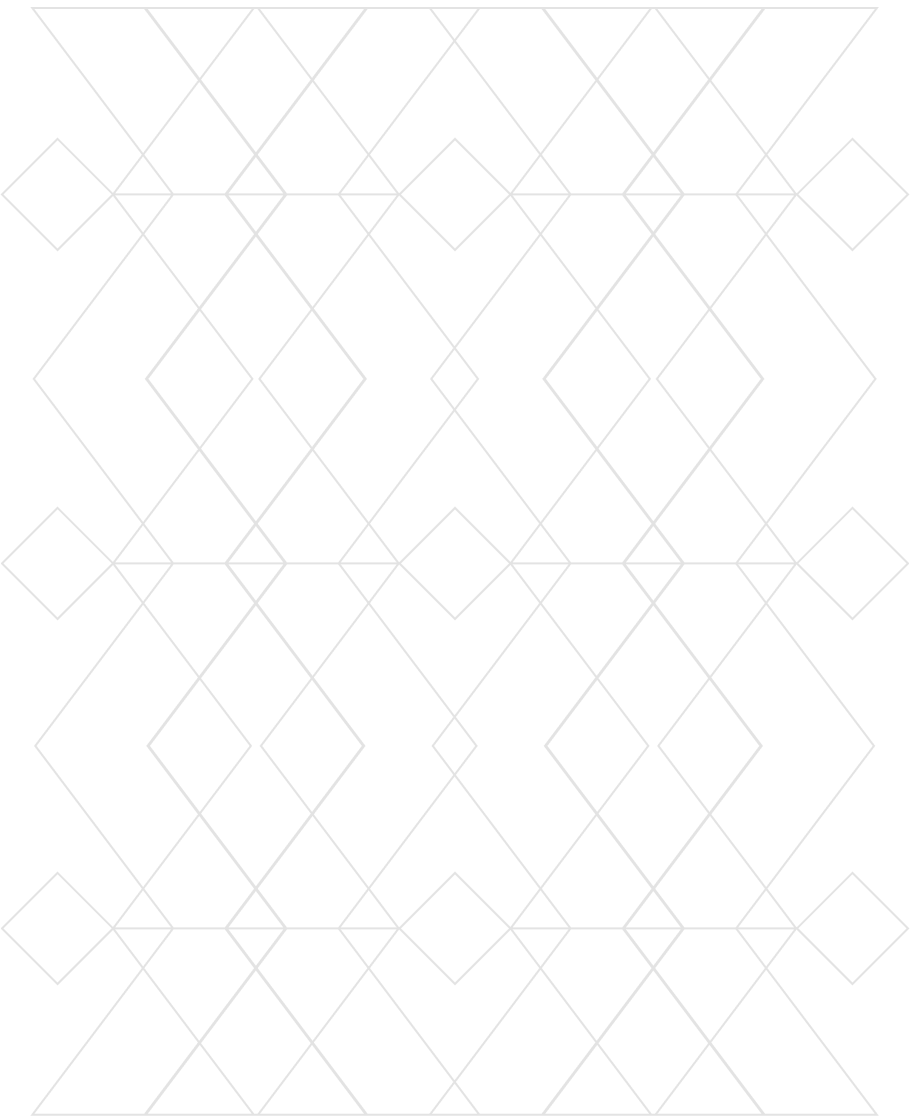NIST CSF vs. ISO 27001 vs. SOC 2: Which Cybersecurity Framework Fits Your Organization?
The Rising Demand for Cybersecurity Frameworks
Cybersecurity frameworks have become essential for managing risk, demonstrating trust, and meeting regulatory obligations. Whether you’re a SaaS startup, a global financial institution, or a federal contractor, aligning with one or more recognized frameworks is both competitive positioning and helpful in working towards compliance controls.
In 2025, some of the most widely adopted frameworks are:
Each has a distinct structure and audience. Understanding their differences is key to choosing the right one, or combination of frameworks, for your organization.
What Is the NIST Cybersecurity Framework (CSF)?
The NIST CSF, developed by the U.S. National Institute of Standards and Technology (NIST), offers a flexible set of guidelines to reduce cyber risk. Originally designed for critical infrastructure, it’s now broadly intended for use across industries. Notably, federal agencies are required to apply the CSF to federal information systems, according to an executive order.
Key features:
- Six functions: Identify, Protect, Detect, Respond, Recover, and Govern (a new component of NIST CSF 2.0)
- Implementation tiers to assess maturity and level of alignment with the framework
- Customizable profiles based on organizational risk
Limitations:
- No formal certification process
- Voluntary nature (outside of federal agencies)
- Requires internal or third-party validation
What Is ISO/IEC 27001?
ISO/IEC 27001 is an international standard that outlines requirements and best practices for managing an Information Security Management System (ISMS).
Key features:
- Structured clauses and security controls
- Covers information security policy, supplier relationships, asset management, asset control, cryptography, physical security, incident management, and more
- Ongoing third-party monitoring
- Continuous monitoring
- Certification available through accredited auditors
Limitations:
- Resource-intensive to implement and maintain
- Organizations may conduct internal audits or obtain audits via external parties
What Is SOC 2?
SOC 2 (or Service Organization Control 2), developed by the American Institute of Certified Public Accountants (AICPA), evaluates how service organizations manage data and protect customer data.
There are two types of SOC reports:
- Type I: Validates design of controls at a point in time
- Type II: Assesses operational effectiveness over a period
Key features:
- Focuses on five trust principles: Security, availability, processing integrity, confidentiality, and privacy
- Service providers that store, transmit, process, or otherwise touch customer data use SOC 2 audits to prove their trustworthiness to customers and partners
Limitations:
- Is not legally required
- Can be different from organization to organization
- Requires an independent auditor for verification
Framework Comparison at a Glance
Strategic questions to guide framework selection can include asking the following:
- Are customers or regulators demanding formal certification?
- Do you sell into international markets?
- Do you handle regulated data (PII, PHI, financial records)?
- Do you store, transmit, maintain, or handle customer data?
- How mature is your current security program?
- Is your business cloud-native or infrastructure-heavy?
Many organizations combine frameworks to meet diverse stakeholder needs. For example:
- Use NIST CSF for program maturity
- Certify to ISO 27001 for international operations
- Provide SOC 2 Type II reports for enterprise client assurance
SecurityScorecard can support organizations implementing these frameworks by providing:
- Continuous visibility into internal and third-party risks
- Evidence mapping to control requirements
- Automated alerts to maintain compliance readiness
Frameworks and Third-Party Risk
Modern frameworks increasingly emphasize supply chain oversight. That means organizations must not only secure their own systems, but also evaluate and monitor partners, vendors, and contractors. This aligns with the threat landscape in 2025: SecurityScorecard breach data shows that in the last year, over 35% of breaches originate from third-party intrusions.
Framework expectations now often include:
- Regular vendor risk assessments
- Enforced contractual security requirements
- Ongoing third-party monitoring and reporting
SecurityScorecard helps fulfill these requirements by:
- Scoring vendor cybersecurity posture continuously
- Identifying vulnerabilities and policy gaps
- Generating audit-ready reports mapped to framework controls
SecurityScorecard’s MAX service extends this further by supporting remediation across your vendor ecosystem. Organizations can map risk signals key to controls, monitor vendor exposures, and prepare documentation for audits with SecurityScorecard.
Experience Comprehensive Cyber Risk Management with MAX
SecurityScorecard’s MAX is a fully managed service that combines our advanced platform with expert driven remediation. We handle the complexities of supply chain cybersecurity, allowing you to focus on your strategic business operations.
🔗 Discover MAX
Frequently Asked Questions
Can I implement multiple frameworks at once?
Yes. Many companies align programs with NIST CSF, pursue ISO 27001 certification, and provide SOC 2 reports.
How to become compliant with cybersecurity frameworks?
Organizations can map cyber risk signals key to controls, monitor vendor exposures, and prepare documentation for audits and attestations with SecurityScorecard.







